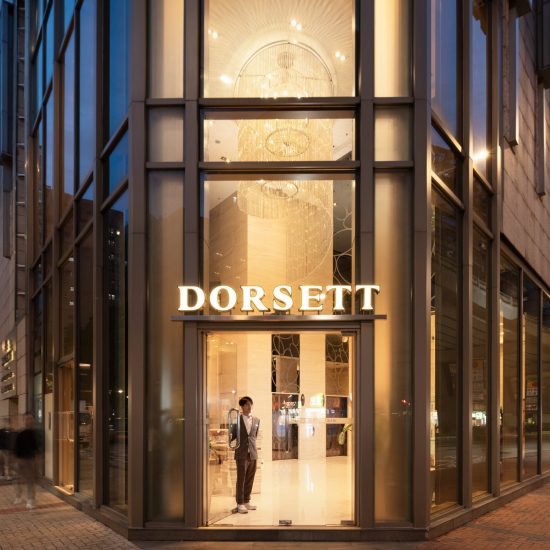
Thousands of visitors were left outside the Louvre under its iconic glass pyramid on 16 June 2025 after staff launched a spontaneous strike over overcrowding, chronic understaffing and deteriorating infrastructure at the world’s most‑visited museum. The closure, initiated during a routine internal meeting, involved gallery attendants, ticket office personnel and security staff who refused to work, describing current conditions as “untenable”. The unexpected walkout ignited fresh scrutiny of the impact of mass tourism on both the Louvre’s functioning and staff welfare.
Staff pointed to daily crowds of up to 20,000 visitors in the Salle des États alone, where Leonardo da Vinci’s Mona Lisa draws the largest numbers. Workers say that the heat trapped under the pyramid, long queues with limited restroom access, leaky ceilings, aging display systems and erratic temperature control have created challenging working conditions and risked damage to priceless artworks.
Union representative Sarah Sefian, a front‑of‑house attendant, commented: “We can’t wait six years for help. Our teams are under pressure now. It’s not just about the art – it’s about the people protecting it”. Held during an internal briefing that began at 10:30 a.m., the strike paralyzed operations until early afternoon, with the museum reopening around 2:30 p.m..
The strike coincides with a wider wave of anti‑tourism protests across southern Europe—in locations such as Mallorca, Venice and Barcelona—where activists have staged interventions including water‑gun demonstrations to express opposition to overtourism. Paris, too, is confronting the consequences of excessive visitor numbers, with the Louvre now emerging as a symbolic flashpoint.
Despite the fact that the Louvre drew 8.7 million visitors in 2024—remaining the world’s most‑visited museum—its infrastructure was originally designed for far fewer people. While a cap of 30,000 daily visitors currently exists, critics argue it fails to mitigate crowding that leaves many unable to fully experience the collection.
President Emmanuel Macron unveiled a €700–800 million “Louvre New Renaissance” renovation plan in January, which includes a dedicated Mona Lisa gallery with timed‑entry tickets and a new entrance on the Seine side, slated for completion by 2031. Staff argue that while this long‑term vision may eventually alleviate pressure, it offers little relief for their immediate struggles.
Laurence des Cars, President of the Louvre, reportedly warned in a leaked memo that parts of the building are no longer watertight, while fluctuating temperatures threaten art preservation and basic visitor amenities fall short of global best practice. Staff and union officials have criticised the government for reducing operating subsidies by over 20 percent in the past decade, even as visitor numbers surged.
Despite the strike, some staff suggested opening a limited “masterpiece route” later in the day to allow entry to key highlights such as the Mona Lisa and Venus de Milo. The museum remained closed the following day as is customary on Tuesdays, but management indicated a full reopening could be possible by Wednesday, with Monday ticket‑holders potentially being accommodated then.
This labour action at the Louvre reinforces broader concerns about the sustainability of global tourism models and the need to protect both cultural heritage and those who safeguard it. Monuments from Venice to Machu Picchu have already imposed crowd controls and entry limits; now Paris must navigate a path that balances accessibility with preservation and worker welfare.




